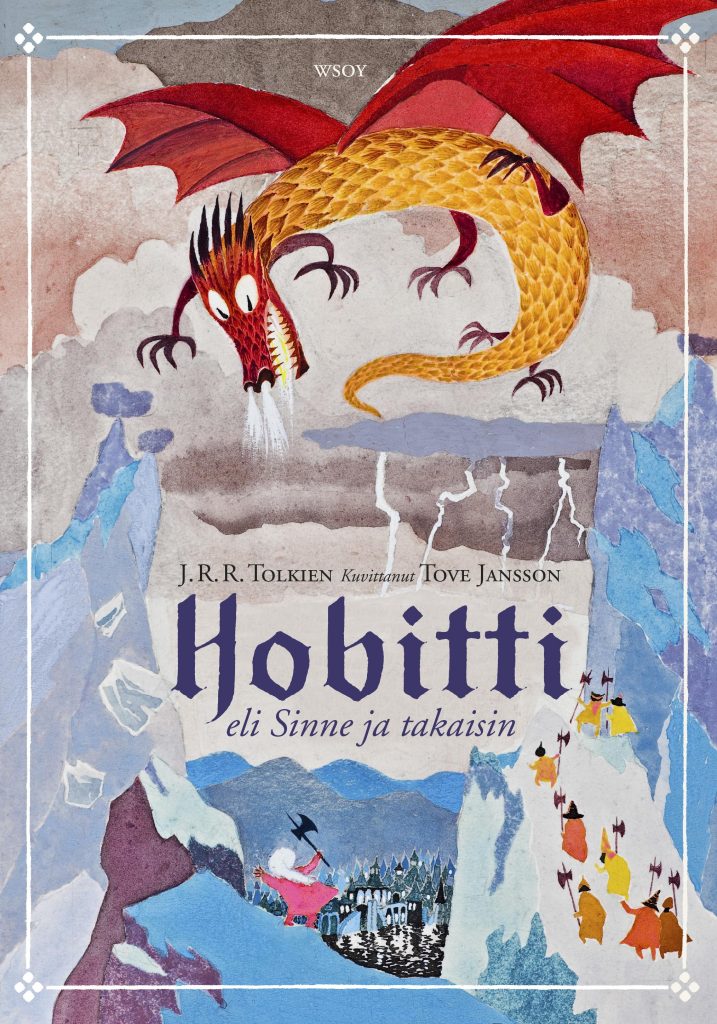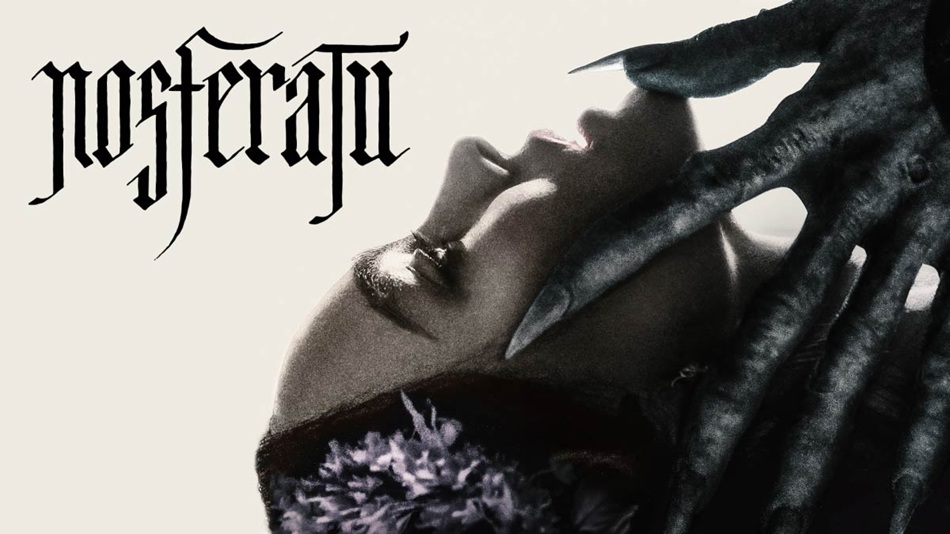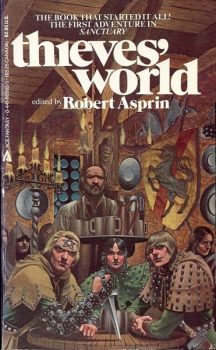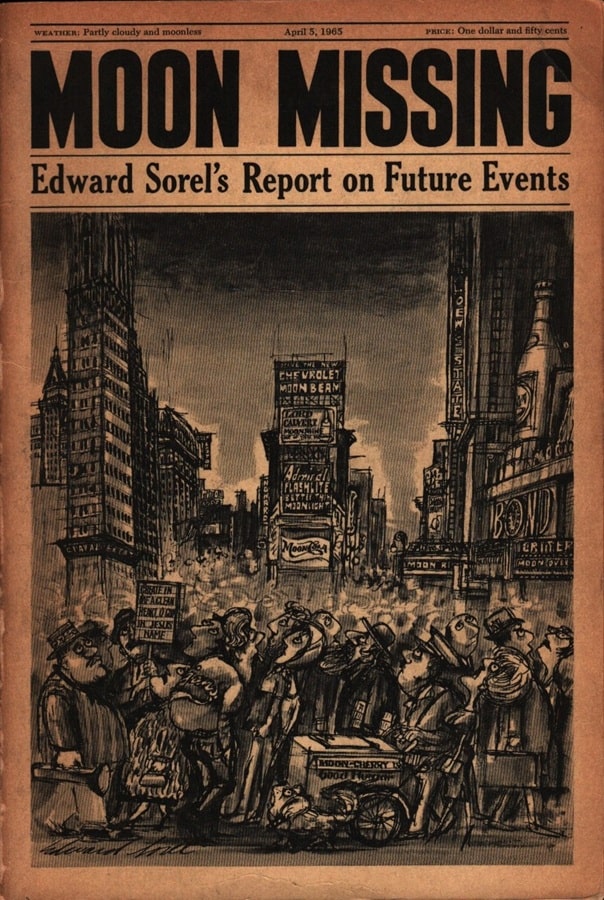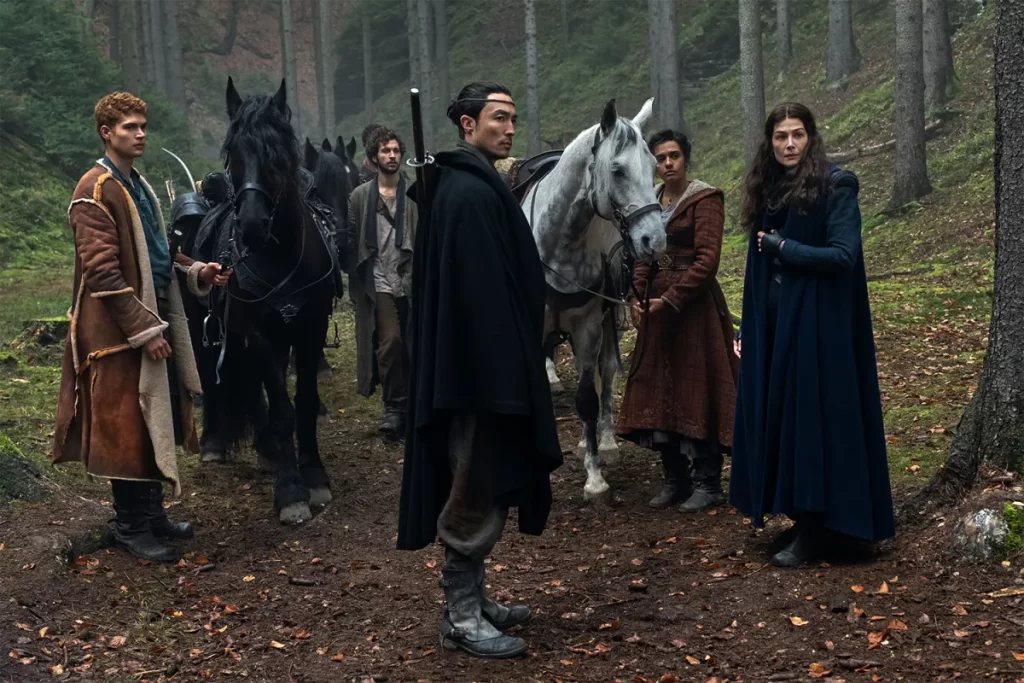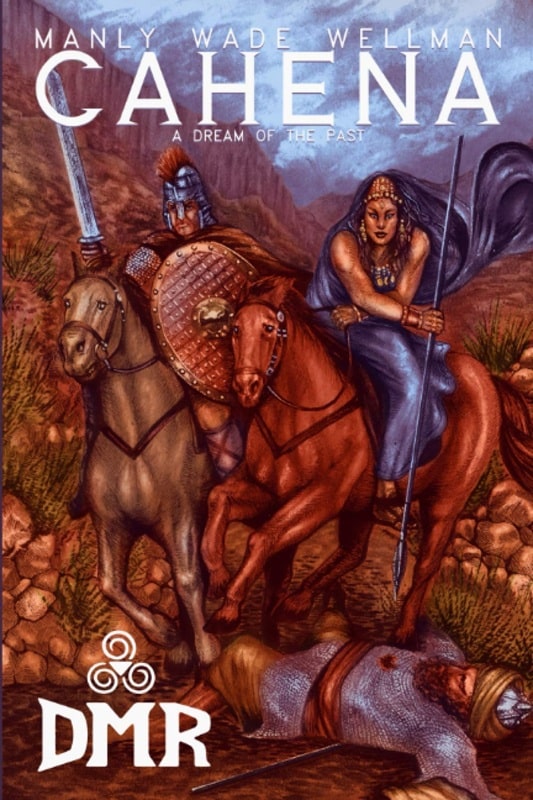Interviewing the Champion of Heroes, Jason M Waltz of Rogue Blades Entertainment and Foundation
Jason M. Waltz has published 16 Books under Rogue Blades Entertainment (RBE), another 3 under Rogue Blades Foundation (RBF), having lured in authors Such as Brandon Sanderson, Orson Scott Card, C.L. Werner, Glen Cook, Steven Erikson, Ian C. Esslemont, William King, Andy Offutt, and spurred the writing careers of dozens. Not all are Sword and Sorcery (S&S), with weird western and pirate anthologies appearing, but most are. Two of my favorite introductions to anthologies cap the ends of the RBE series: Return of the Sword (2008) and Neither Beg Nor Yield (2024 BG reviewed by Vredenburgh and Mele), the latter JMW refers to as his Swan Song marking a shift toward focusing on his own writing. Coincident with that, he has recently sunsetted the related RBF. We’ll discuss some of his works to date, but note that he has three stories seeing publication in July 2025!
He’s mingled with the Black Gate crew in many ways over the years, invited John O’Neill to pen the introductions, published many contributors here, and now he is interviewing them. Yes, you will be glad to know that even as he steers from publishing to writing more, he is still actively building the community through his 24 in 42 podcast [broadcasted via the Rogue Blades Presents YouTube channel]. Heck he is even hand in the game by guest editing Raconteur Press’ first Sword & Sorcery anthology. He never tires.
As we salute his heroic efforts, let’s learn more about his journey!
“Heroes are those who continue to do the ordinary in extraordinary times, and to do the extraordinary in ordinary times.” – JMW 2008

